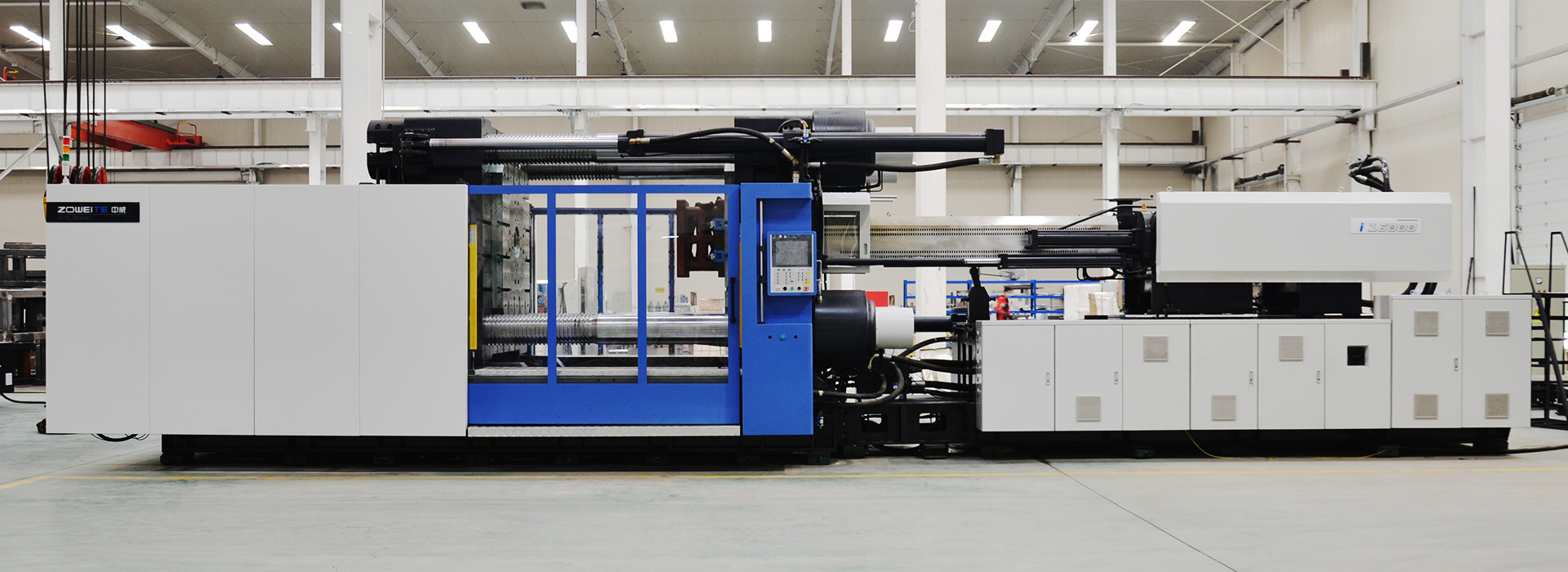Injection molding machine mold black spot problem how to do ?
2023-08-22
The problem of black spots on the injection molding machine mold can be caused by a variety of factors. Identifying the root cause of the problem is essential for efficient resolution and optimal results. A thorough inspection of the mold, the injection molding machine, the materials used, and the processing method can help pinpoint the underlying issues and lead to effective solutions.
Here are some common causes of black spots on the injection molding machine mold and suggested solutions:
Black spots caused by contamination:
One possible cause of black spots on the mold is contamination from the lubricants used during the manufacturing process or dust accumulated on the mold surface. To resolve this, first, clean all mold surfaces and the injection molding machine. Diluted cleaning agents and soft cloths are recommended for this. Regular cleaning of molds and injection molding machines, especially after the production of each batch, can help prevent this type of contamination and ensure smooth injection molding.
Black spots caused by temperature control issues:
Another possible cause of black spots on the mold is temperature control problems. Make sure that the hot runner and sensors attached to the injection mold are properly installed and functioning.
Black spots caused by plastic material:
Certain plastic materials can produce black spots or black specks that appear as impurities. Recycled plastics or plastics containing metal impurities are particularly prone to this issue. It is recommended to reduce the use of recycled plastics and increase the use of virgin materials.
Black spots caused by mold wear:
After a prolonged period of use, the mold surface may wear and produce black spots. This happens mostly when the mold is made from low-quality materials or was not properly designed. To overcome this issue, one can either replace the faulty mold with a new one or undergo reconditioning or polishing.
Black spots caused by improper mold filling:
When the mold is not properly filled, it can create pressure and result in black spots on the final product. This usually happens when the injection speed is too high, or the mold is filled too fast. To prevent this, decrease the injection speed or slow down the mold filling rate.
Black spots caused by oxidation:
A possible cause of black spots is oxidation, which occurs when the melt is exposed to air for an extended period of time. To prevent this, check the plastic material feed rate, and adjust the injection molding parameters to ensure proper heating. Also, use a suitable anti-oxidation agent to minimize oxidation.
In summary, the causes of black spots on injection molding machine molds can vary, and identifying the root cause is critical for their resolution. Regular maintenance, proper maintenance of injection molding machines, and careful attention to plastic materials and processing methods can go a long way toward reducing the likelihood of black spots.




